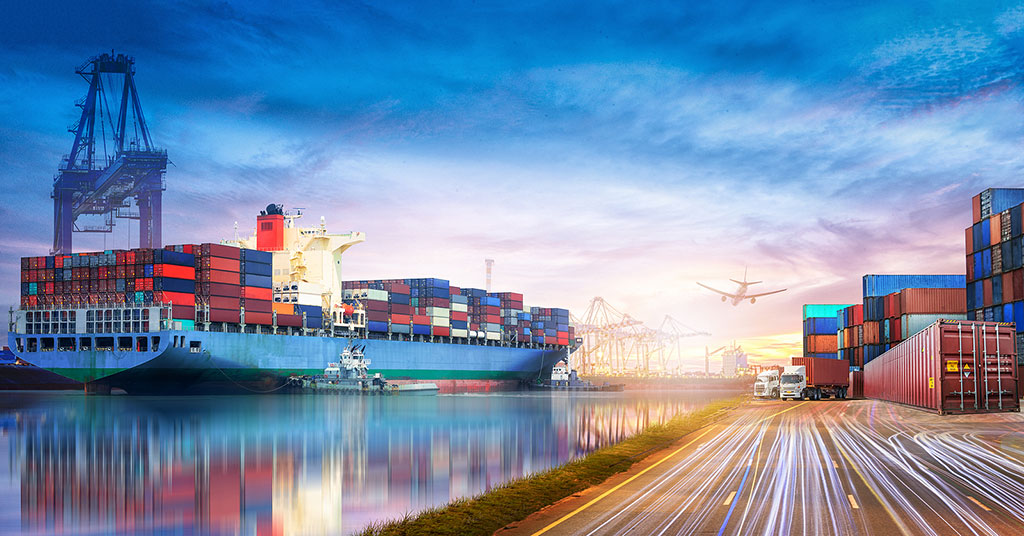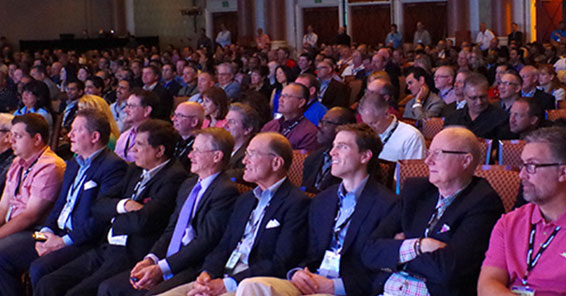New Tariffs Set To Take Effect August 1 Unless New Deals Are Struck

All eyes are on what will happen on or before August 1. On July 7, President Trump further extended the delay in the increased April 9 “Reciprocal Tariff” rates until August 1. The tariffs were initially introduced under the International Emergency Economic Powers Act (“IEEPA”), with increased rates slated to go into effect on July 9 after a 90-day pause. Absent new agreements over the next few days, new tariffs ranging from 25 to 40 percent will begin affecting dozens of countries.
In recent months, President Trump has rolled back the anticipated increase date for some of his steepest tariffs - namely, China - meaning delays could be possible in the case of the August 1 deadline, as the U.S. is engaged in active negotiations.
Since our last article on June 16, President Trump issued an executive order implementing the “U.S.-U.K. Economic Prosperity Deal”, previously agreed to by the countries in May. The executive order provides, among other things, that tariffs on U.K. automotive imports and auto parts are reduced from 27.5 percent to 10 percent.
The executive order does not provide any immediate relief from steel and aluminum tariffs, and U.K. exporters will continue to face the 25 percent duties. Other countries face up to a 50 percent tariff (under Section 232 of the Trade Expansion Act of 1962 (“Section 232 Tariffs”) on steel and aluminum imports. The executive order further states that the U.S. will negotiate preferential treatment outcomes for U.K. pharmaceuticals and pharmaceutical ingredients contingent on the findings of the ongoing Section 232 investigation, indicating that the announced deal is just the first step in a multi-phase negotiation.
In June, a handshake deal with China was agreed upon; however, the U.S.-China trade agreement has not yet been finalized, and the countries agreed to an August 12 deadline to memorialize the agreement.
On July 22, President Trump struck a trade deal with Japan, lowering tariffs on auto imports to 15 percent (they were previously 27.5 percent)1. The “reciprocal” tariffs on other Japanese goods will also be lowered to 15 percent, from the previous 25 percent that was set to take effect August 1. The deal also includes a $550 billion Japanese investment in the United States. This deal puts Japan at a competitive advantage, as other countries still face a 25 percent tariff on automobiles and parts.
Also on July 22, President Trump announced a new trade deal with Indonesia, in which Indonesia will eliminate approximately 99 percent of tariff barriers for a full range of U.S. industrial and U.S. food and agricultural products exported to Indonesia.2 The U.S. will reduce the reciprocal tariffs to 19 percent, as outlined in Executive Order 14257 of April 2, 2025, on originating goods of Indonesia.
Since the August 1 extension was announced earlier this month, President Trump announced a new 50 percent tariff on copper imports, a 50 percent tariff on Brazil, a 35 percent tariff on Canada, and a 30 percent tariff on the European Union (“EU”) and Mexico3, which were slated to take effect on August 1. The U.S. and EU have since reached a deal establishing a baseline tariff rate of 15 percent for most EU exports to the U.S.4 U.S. discussions with Canada and Mexico are ongoing.
Also effective August 1, Bangladesh, Bosnia and Herzegovina, Cambodia, Kazakhstan, Laos, Malaysia, Myanmar, Serbia, South Africa, South Korea, Thailand, and Tunisia5 will face tariff rates ranging from 25 to 40 percent unless the countries successfully negotiate with the U.S. to achieve lower rates before that date. The Trump Administration has indicated that it will announce the rates for other countries in the coming days.
Ongoing legal challenges to the tariffs
Last month, we reported on several court battles, including the U.S. Court of International Trade’s (“CIT”) recent decision finding that the February and March IEEPA tariffs exceeded President Trump’s executive authority. While the CIT vacated and permanently enjoined the IEEPA Tariffs, the U.S. Government appealed to the United States Court of Appeals for the Federal Circuit (“Federal Circuit”)6, which issued a stay in the CIT’s order pending further briefing by the parties, effectively reinstating both the IEEPA Tariffs and Reciprocal Tariffs. The Federal Circuit has an oral argument scheduled for July 31st to hear the appeal.
Impact on franchise businesses
Importers typically pass along a share of the tariff-related tax burden onto consumers in the form of price hikes. The supply chain disruption has caused uncertainty among suppliers and importers.
While franchisees are hit with higher costs for everything from food prep equipment to construction materials, customers may resist price increases if cost increases become too drastic.
To ease the burden on franchisees, as tariffs threaten unit-level economics, franchisors can work with alternative suppliers to try to find cost-effective solutions for franchisees to weather the uncertain economic conditions. While franchisors have some more certainty, receiving royalty payments based on gross revenue, should consumer sentiment change due to inflation and rising costs across many industries, and overall sales decline, franchisors’ margins may also be hit.
According to the Yale Budget Lab, tariffs are expected to cost an average household an additional $2,400 this year.7 While the end price to the consumer is harder to control when a franchise is bearing the brunt of the tariff, franchisees can offer special deals and promotions to incentivize consumers in the door and still drive demand by appearing to offer better deals for consumers who are hypersensitive to increased pricing at the moment.
Franchisors and franchisees must be proactive in reviewing their supplier contracts and renegotiating terms where possible to account for variance in pricing due to tariffs. Communication between franchisors and franchisees is vital to navigating the tariff situation.
1 See Fact Sheet: President Donald J. Trump Secures Unprecedented U.S. – Japan Strategic Trade and Investment Agreement (July 23, 2025)
2 See Fact Sheet: The United States and Indonesia Reach Historic Trade Deal (July 22, 2025)
3 Amanda Macias, A complete timeline of Trump’s tariff implementation strategy across the globe, Fox Business (Last visited 7-28-2025)
4 Fact Sheet: The United States and European Union Reach Massive Trade Deal (July 28, 2025)
5 This list is subject to change as new trade deals are struck.
6 V.O.S. Selections, Inc. v. Trump, Appeal from the United States Court of International Trade in No. 1:25-cv-00066-GSK-TMR-JAR; State of Oregon v. Trump, Appeal from the United States Court of International Trade in No. 1:25-cv-00077-GSK-TMR-JAR.
7 See State of U.S. Tariffs: July 28, 2025 (July 28, 2025)
Joyce Mazero is co-chair of Polsinelli’s Global Franchise and Supply Network practice. Josh Goldberg is an associate in Polsinelli’s Global Franchise and Supply Network practice. Alissa Chase is an associate in Polsinelli's International Trade practice group.
Share this Feature
Recommended Reading:
| ADVERTISE | SPONSORED CONTENT |
FRANCHISE TOPICS
- Multi-Unit Franchising
- Get Started in Franchising
- Franchise Growth
- Franchise Operations
- Open New Units
- Franchise Leadership
- Franchise Marketing
- Technology
- Franchise Law
- Franchise Awards
- Franchise Rankings
- Franchise Trends
- Franchise Development
- Featured Franchise Stories
| ADVERTISE | SPONSORED CONTENT |

$50,000
$50,000





 The multi-unit franchise opportunities listed above are not related to or endorsed by Multi-Unit Franchisee or Franchise Update Media Group. We are not engaged in, supporting, or endorsing any specific franchise, business opportunity, company or individual. No statement in this site is to be construed as a recommendation. We encourage prospective franchise buyers to perform extensive due diligence when considering a franchise opportunity.
The multi-unit franchise opportunities listed above are not related to or endorsed by Multi-Unit Franchisee or Franchise Update Media Group. We are not engaged in, supporting, or endorsing any specific franchise, business opportunity, company or individual. No statement in this site is to be construed as a recommendation. We encourage prospective franchise buyers to perform extensive due diligence when considering a franchise opportunity.